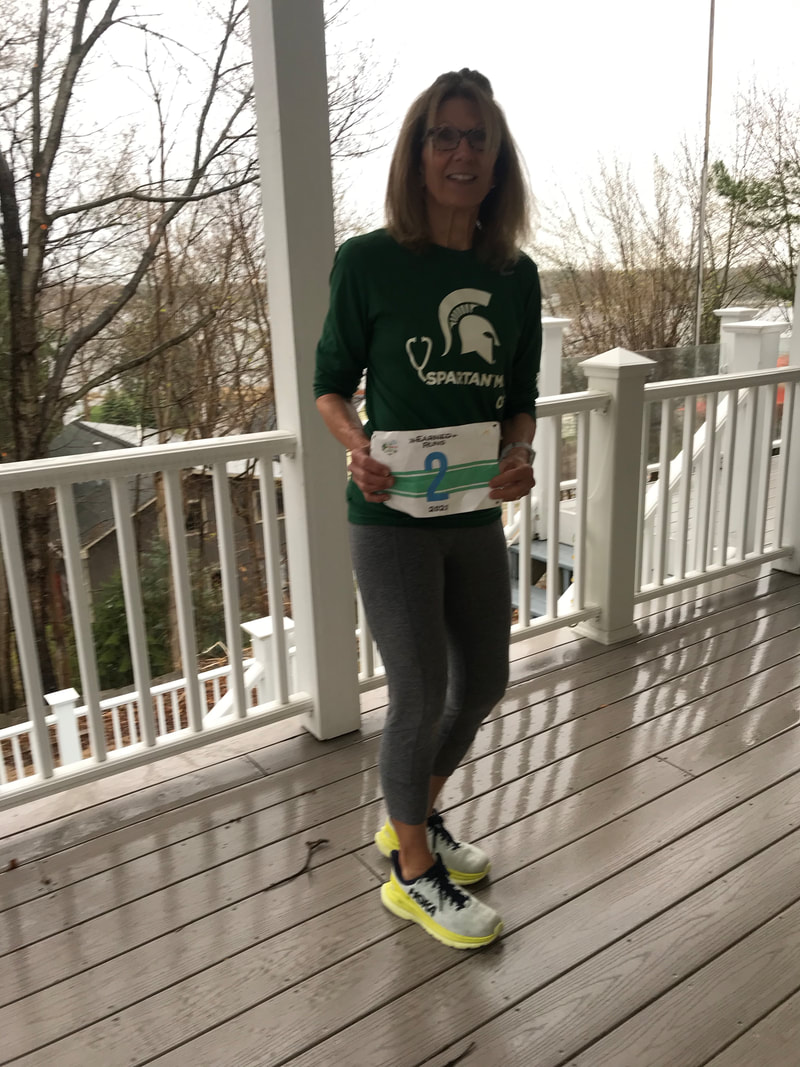BLOG
|
|
IF SQUATS ARE PART OF YOUR EXERCISE LINE-UP, LEARN MORE ABOUT MAKING THEM MORE EFFECTIVE AT BUILDING STRENGTH with this shape.com article. Or, if you plan to ramp-up training for competing in 2020, consider adding them. The article speaks to women, but the tips apply to all:
If you’re not currently performing them and are hoping to add several squat moves into your strength work each week, an article from womenshealthmag.com describes best form and demonstrates many different ways to transform the classic squat, a functional compound exercise, into moves that target even more muscle groups. The 21 variations demonstrated in this second squat article cover a wider range of different moves than offered in the shape.com piece link. Some variations incorporate weights in the form of dumbbells, kettle bells, and a medicine ball, but might be attempted without holding weights initially if too difficult. And although specific types of weights are demonstrated, swapping types may be accomplished relatively easy. For example, a kettle bell might be held in place of the dumbbell when performing a Goblet Squat (#1) and vice versa when performing the Squat to Overhead Press (#11). I love the Lateral Step-out Squat with resistance band (#7). It’s one of the exercises that can be performed at the end of a run or walk outside (stow the resistance band in a pocket before you set out). The modified pistol squat (#5) is a great way to attempt this move for those like me who aren’t strong enough to squat unsupported on just one leg. The womenshealthmag.com piece reminds us of all the lower body muscles that will benefit from squat work: thighs/quadriceps, butt/gluteals, hamstrings, calves, and core. If planning to train for a goal competition this spring in which the distance is longer than you’ve attempted previously or you're aiming for a faster finish time, consider stepping up the amount of effort you spend on lower body strength building. Increased mileage sessions and tougher speed work drills that tend to be part of training programs designed to prepare for greater distances races and setting personal records (PR) may expose muscle group weaknesses and imbalances that can lead to strains and injuries. In my experience, a good indicator of improved lower body strength is better balance. After starting your squat training, routinely check single leg exercise performance skills to measure progress. Links to the articles featured in this blog post will be added to the RESOURCES page. RUN & MOVE HAPPY! https://www.shape.com/fitness/workouts/how-maximize-those-butt-toning-squats https://www.healthline.com/health/fitness-exercise/compound-exercises https://www.womenshealthmag.com/fitness/a19904135/types-of-squats/
0 Comments
Your comment will be posted after it is approved.
Leave a Reply. |
BRIDGE TO PHYSICAL SELF
Running, walking, and fitness activities enable us to experience our physical selves in a world mostly accessed through use of fingers on a mobile device. AuthorEARNED RUNS is edited and authored by me, runner and founder. In 1978 I began participating in 10K road races before 5Ks were common. I've been a dietitian, practiced and taught clinical pathology, and been involved with research that utilized pathology. I am fascinated with understanding the origins of disease as well as health and longevity. Archives
November 2023
CategoriesNew! Search Box
Earned Runs is now searchable! Check it out...
|


 RSS Feed
RSS Feed